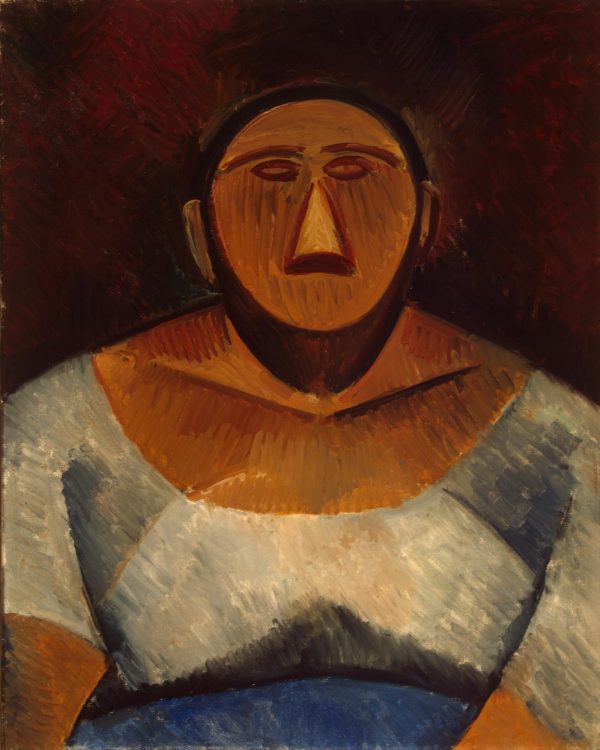Mark Rothko
Mark Rothko is a prominent figure among the painters of the New York School, he moved through many artistic styles until he reached his signature motif of the 1950s soft, rectangular shapes floating on a tinted color field. Heavily influenced by mythology and philosophy, he insisted that his art was full of content and full of ideas. A fierce defender of social-revolutionary thought and the right to self-expression, Rothko also explained his views in numerous essays and critical reviews.
Rothk’s art was heavily interwoven with Nietzsche, Greek mythology and his Russian-Jewish heritage. It was deeply imbued with emotional content, which he articulated through a range of styles that evolved from figurative to
Pablo Picasso
Pablo Picasso is, without a doubt, the greatest figure in the fine arts of the 20th century; he was not only an artist who co-created the guidelines of modern art, but also a star known to the widest audience.
In 1898, he abandoned his painting studies and began his independent journey. In three years, he created his own style, which is characterized by the Blue and Pink periods until 1906. After the end of the Pink period, he began to experiment with new ways of painting and therefore abandoned his style at that time, with which he had almost established himself. Then, in 1907, he made an extraordinary breakthrough when he painted The Ladies of Avignon (Les Demoiselles d’Avignon), which also marked the beginning of cubist creation. After the First World War, in 1925 he began to paint distorted, violently expressive forms, and his work became even more multifaceted. Under the influence of the war, its horrors and the crumbling world, in 1937 he drew his most important and famous workGuernico.
Picasso showed exceptional artistic talent in his early years, painting in a naturalistic manner throughout his childhood and youth. In the first decade of the 20th century, his style changed as he experimented with different theories, techniques and ideas. After 1906, the Fauvist work of the slightly older artist Henri Matisse encouraged Picasso to explore more radical styles, beginning a fruitful rivalry between the two artists, who were later often lumped together by critics as leaders of modern art.
Pablo Picasso and his works are often classified into different periods. While the names of many of his later periods are debated, the most commonly accepted periods in his work are the Blue Period (1901-1904), the Rose Period (1904-1906), the period under influenced by Africa (1907-1909), Analytical Cubism (1909-1912) and Synthetic Cubism (1912-1919), also called crystal period. A large body of work from the late 1910s and early 1920s is painted in a neoclassical style, and his creations of the mid-1920s often have characteristics of surrealism. Later works often combine elements of his earlier styles.
The style of Pablo Picasso gives the impression that he has forgotten all the rules of reality and relationships. He died on April 8, 1973 at an advanced age.
abstract.
Mark Rothko’s early figurative works – including landscapes, still lifes, figure studies and portraits – demonstrated an ability to blend expressionism and surrealism. His search for new forms of expression led to his Color Field paintings, which used luminous colors to convey a sense of spirituality.
Mark Rothko maintained the social-revolutionary ideas of his youth all his life. In particular, he supported artists’ complete freedom of expression, which he believed was threatened by the market. This belief often put him at odds with the art establishment, causing him to publicly respond to criticism and occasionally reject commissions, sales and exhibitions.


























